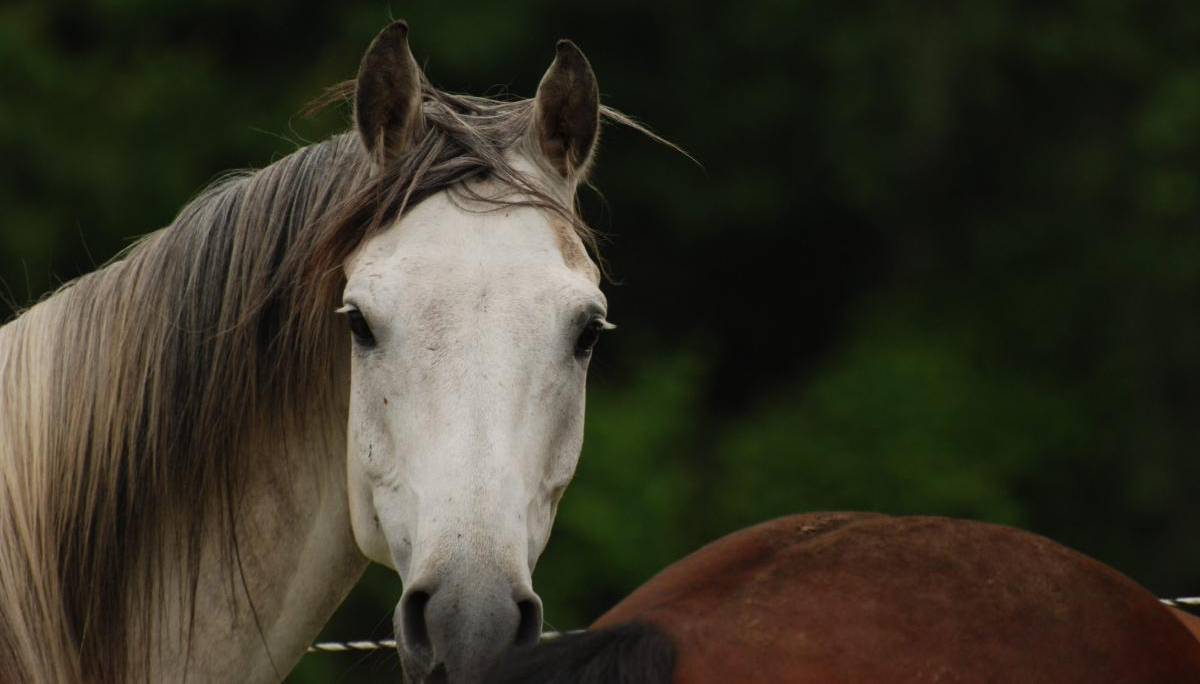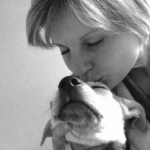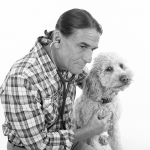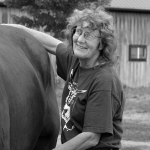Disease From A Holistic Perspective
One of my favorite statements is that the blessing and the curse of holistic medicine is that each animal is an individual and must be treated as such. It is a blessing because finally your veterinarian wants to listen to all aspects of your horse’s life and personality and all that information is important. The curse is that there is no one simple answer to each horse’s problem. If you are really interested in treating your horse with natural medicine, it is important that you realize it is not a simple process. Since each is an individual, the approach.
There are three major stages of dis-ease when you look at all levels of health. The earliest stage is when there is an energetic disturbance where the Qi (energy) of the acupuncture system or the vital force of the homeopathic system is disturbed. At this point, you will not see changes in the blood work or x-rays, but the animal is not totally healthy. This is the easiest stage of disease to treat with acupuncture or homeopathy, but the hardest stage of disease to treat with drugs because there is nothing to diagnose from a western medical standpoint.
The next stage of disease is a functional disturbance where the organ or body part is not functioning optimally, but it has not yet started to degenerate. There is an entire branch of human medicine called functional medicine where diagnostics are being performed that defines how well an organ is functioning. If poor function is seen, treatment can begin long before the organ has degenerated. The human laboratory tests have are not available to the veterinary world, but holistic veterinarians can use the information from the human data to help understand at what stage our horses are. We can also pick up problems at this stage with techniques such as thermography or sometimes scintigraphy (bone scans). Disease at this stage is relatively easy to treat using holistic techniques.
The last stage of dis-ease is the one we are most familiar with which occurs after the body part has degenerated enough for the symptoms to be seen either in the blood or with x-rays. For blood work to show a problem the horse will usually have 2/3 or more of an organ sick or degenerated. So, for a liver problem to show up in blood work the horse needs to be pretty sick. And for a sore joint to show degenerative changes on x-ray there needs to be significant joint damage already present. This stage of disease is the most difficult to treat because there is often permanent damage present that no form of medicine can reverse. We can make the horse more comfortable and in many cases, with regular treatment, nutritional, herbal or homeopathic support we can keep them comfortable and performing well for many years. The bottom line to this is that you want to discover imbalances at the earliest stage of disease as possible. If your horse’s coat is not right or there are some other small symptoms, it is best to try and figure out what is not right as soon as possible rather than waiting several years to find out what serious problem he/she may have.




